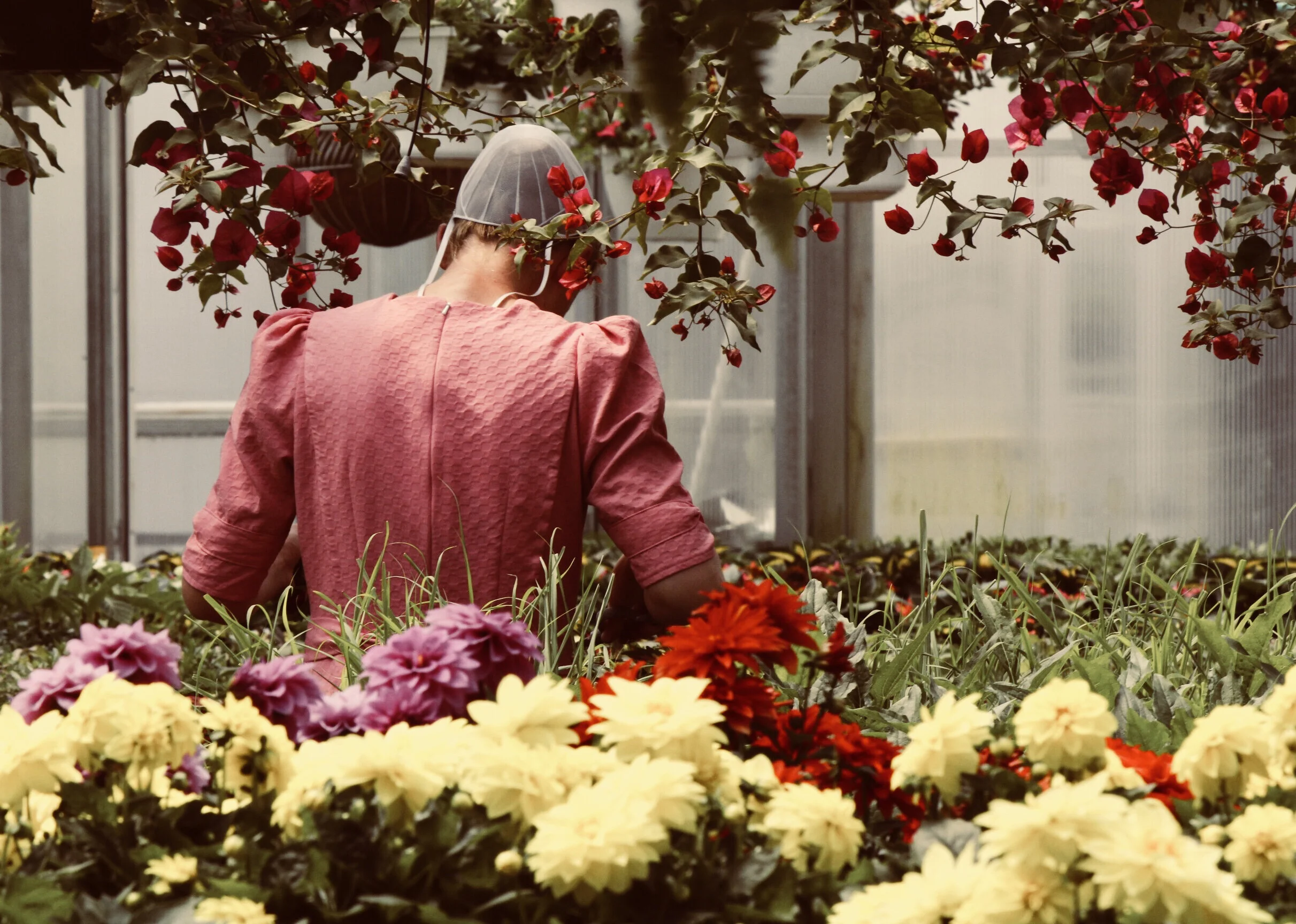The Old Order: A Life Of Tradition In Faith
A BRIEF HISTORY
The Amish draw their heritage from Swiss German and Alsatian Anabaptist traditions. The Mennonite church is also closely related to the Amish. Anabaptist movements led the early Reformation in Switzerland, but the Old Order Amish church originated late in the 17th century among followers of Mennonite leader Jakob Ammann, from which the term “Amish” is derived. He taught that adherents should “conform to the teachings of Christ and His apostles” and “forsake the world” through their daily lives. The Amish began emigrating to North American in the early 18th century, with many settling in Pennsylvania.
Currently, the majority of traditional Amish identify as Old Order Amish Mennonite. There are various groups of Amish people today. The Old Order, the New Order, the Beachy, and the Amish Mennonites are some of the largest groups. Many of the divisions between Old and New came following the Industrial Era in the 1800s when several communities made the decision to reject social change and technological innovation to embrace tradition. They are known as Old Order Amish today. Many Amish communities can be found throughout the United States and Canada, but mostly in the Midwest.
Make it stand out
CULTURE
The Amish value humility, family, community, faith, and separation from the world. They observe a code of behavioral behavior, the Ordnung, and shun any disobedient member in their ranks. There are many similarities between their formal religious doctrine and that of the Mennonites, from adult baptism to celebrating Communion twice a year. Services are conducted in Pennsylvania Dutch and High German, which are the main languages spoken at home and used in daily discourse. Services are held in family homes and barns. Singing is an important part of Amish life in both work and play, home and church. Group singing is done in unison and never harmonized. The Gelassenheit, the spirit of humility and modesty, lies at the heart of Amish culture— in their lives, they try to follow the example of Jesus Christ.
Known for their clothing and traditional lifestyle, the Amish have a distinct style and way of life. Through their clothing, they respect their traditions and their interpretations of Biblical scriptures against conforming to the ways of the world (Romans 12:2). Most Old Order Amish do not use personal telephones, but some will use a communal one for emergency or business purposes. Most ride bicycles and drive horse-drawn buggies instead of cars— their buggies are equipped with many modern conveniences including heaters, upholstered seats, and windshield wipers, but the use of electricity is strongly avoided. They believe it to lead to temptations and worldly amenities that will be detrimental to their community and family life. Other forms of energy, such as gas and batteries, are permitted among most groups.
LIVING IN TODAY’S TIMES
Today, the Amish are well-known for being excellent farmers, craftsmen, and artisans. From their goods to their foods, ranging from furniture to jams and butters, the Amish take pride in their simple lifestyle and often rely on their craft for a living. The Amish are also famous for their barn raisins: cooperative efforts that involve hundreds of men raising massive barns. The Amish accept photographs of their way of life, but they do not pose for photos or take photos of themselves, believing they violate the Second Commandment (“Thou shalt have no other gods before me. Thou shalt not make unto thee any graven image,” Exodus 20:3-4). Many of the dolls young Amish girls play with are also traditionally faceless for this reason. Amish children attend one-room schools, run by their community, until the eighth grade. They are instructed in English on the basics of reading, writing, math, Amish history, farming, and homemaking skills. The Amish also enjoy many games and sports, from volleyball to softball, and many play on community teams.
One of the most famous aspects of Amish social life, “Rumspringa,” begins at about the age of 16. During this time, youth are allowed to socialize with their friends on weekends, go into town, and enjoy other liberties, such as dating. This period is an important time for the youth, and not just because they get to have more fun— Rumspringa ends with marriage or baptism into the church. These decisions are very important in the Amish community, and they must be taken seriously; once they decide to become baptized (which usually happens between the ages of 17 to 21) there is no turning back— they are expected to commit to their lifestyle.
The Amish do not involve themselves in state or national politics and do not serve in the military. They do pay their taxes, however, with exception of the Social Security tax. They disavow social security and most types of insurance, pooling their resources from their communities to help Amish families in need. Community is a key aspect of Amish life, and they believe it is their responsibility to look out for those in their community who need help.
Every May and November, my family visits the nearby Amish community to pick up chickens from an Amish lady that grows them for me. They also sell chicken feed for our laying hens and ducks. Butter, milk, preserves, and fresh, seasonal vegetables are also on our list. Several of the families we visit have known us for quite a few years now, and we keep close ties with them. They make organic products and use no artificial ingredients when preserving dairy products. Being self-grown, produced, and sold, there’s an aspect of sustainability to their products. This is something that many families, including mine, value— we try to do our best to eat as healthy as possible, avoiding processed or unhealthy food.




